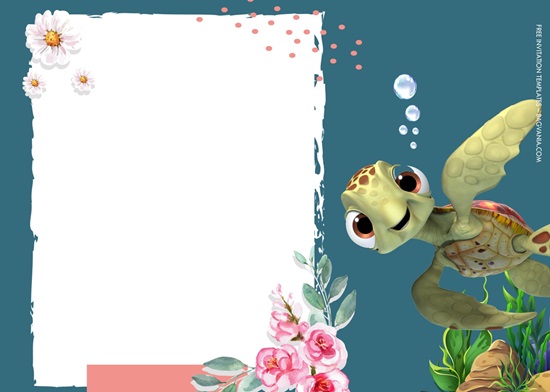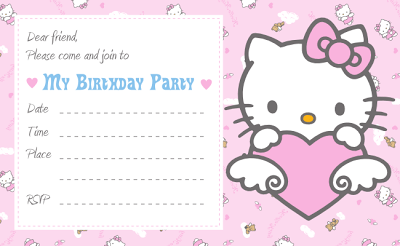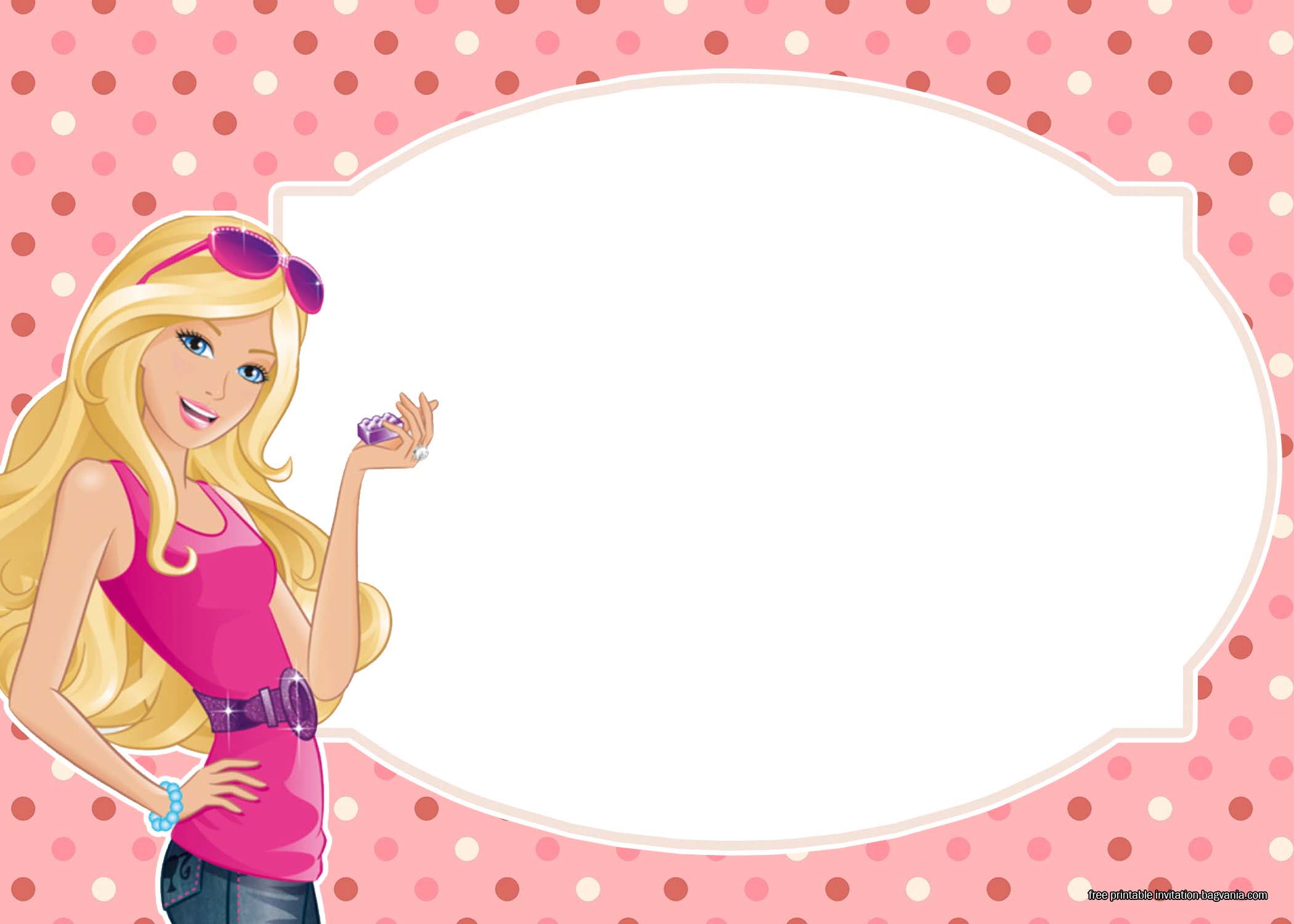Cutting practice worksheets are not just a fun and engaging activity for children; they are an essential tool for early childhood development. From mastering the use of scissors to improving hand-eye coordination, these activities provide a playful way for kids to build foundational motor skills. Beyond the physical benefits, cutting practice encourages creativity and problem-solving as children navigate lines, shapes, and patterns. Whether it’s cutting out a zigzag line or crafting a paper masterpiece, this simple yet effective activity combines learning with play, making it an enjoyable and rewarding experience for young learners.
In this article, we will point you to some amazing websites to get your cutting practice worksheets. We will talk about the amazing benefits of this activity and what to prepare before getting started. If you are planning to do this activity with a group of children, we also have a few ideas to make it extra fun and not to mention some free invitation templates at the end! So let’s dive in!

Benefits of Cutting Practice
A lot of times, we give our children activity worksheets to keep them occupied. But each activity actually brings a ton of benefits for a child’s developing brain. Here are some key benefits of doing cutting practice activity worksheets with your little ones:
1. Enhances Fine Motor Skills
Cutting practice strengthens the small muscles in a child’s hands, fingers, and wrists. These muscles are essential for everyday tasks like gripping a pencil, tying shoelaces, or opening containers. The repetitive motion of opening and closing scissors helps children develop precision and control in their movements, which are crucial for mastering fine motor activities.
2. Improves Hand-Eye Coordination
When children cut along lines or shapes, they must align their hand movements with what their eyes perceive. This process teaches them to track their progress visually while simultaneously guiding their hand. This improved coordination is foundational for activities that require precision, such as writing, drawing, and even playing sports or video games.
3. Encourages Focus and Patience
Cutting practice requires children to concentrate on specific tasks, like following lines or achieving a desired shape. As they work to complete these tasks, they learn to stay focused and manage their frustration if they make mistakes. Over time, this helps children build patience and persistence, skills that are valuable in academic and social settings.
4. Boosts Creativity
Cutting practice often goes hand-in-hand with craft activities, such as creating paper collages, assembling 3D objects, or designing unique artwork. These activities inspire children to think outside the box and express themselves creatively. Working with different shapes, colors, and materials fosters their imagination and encourages problem-solving.
5. Supports Pre-Writing Skills
The hand movements involved in using scissors—gripping, guiding, and cutting—are similar to those required for holding and maneuvering a pencil. As children practice cutting, they develop the muscle strength and control needed for writing letters and numbers. This preparation can help ease the transition to writing and improve overall penmanship.
Getting Started
Cutting practice worksheets are typically best suited for children aged 3 to 5 years old. At this stage, children are developing fine motor skills and hand-eye coordination, making it the perfect time to introduce scissor practice. Younger children may start with simple straight or curved lines, while older ones can work on more complex shapes and patterns. But before jumping to the worksheets, prepare these 3 things to make sure that things run smoothly. Having a positive experience is often the key for children to enjoy these types of activities.
- Child-Safe Scissors
Use scissors designed specifically for young children. These should have rounded tips and be the right size for small hands to ensure safety and ease of use. - Quality Worksheets
Prepare worksheets that match the child’s skill level. For beginners, include simple, bold lines and shapes, while more advanced learners can handle intricate patterns or themed designs. - A Safe, Organized Workspace
Set up a child-friendly area with a flat surface, plenty of light, and easy-to-clean materials like a plastic mat or a tray. Ensure the space is free from distractions to help the child focus on the activity.
Cutting Practice Worksheets
Start with these worksheets from 30 Seconds, this amazing website has plenty of printable worksheets for your little ones to practice their scissors skills. These worksheets are great to start with as they offer simple lines for them to cut. Many of the worksheets also have fun colors and pictures to get your children excited about practicing this skill.


When they’ve become more confident with straight and curved lines, it is time to move towards cutting more difficult line patterns like the ones shown on this worksheet from Superstar Worksheet. The thinner lines also encourages them to be more accurate with their cutting, which is a great practice for their fine motor developments.

Practicing to move scissors and cut following a shape would be the next one on the list. Mastering this skill would really help them move onto crafting activities that they will surely enjoy. These two worksheets are from Worksheets Pack, you can get them to cut plain shapes (like the first worksheet) which helps them focusing the attention on cutting along the dotted lines, or colorful shapes (like the second worksheet) which is totally fun and might get them more interested into doing the activity.


You can also go with this worksheet from Bright Sprouts. The website has many amazing worksheets to help your children practice their cutting skills. This fun worksheet is one of them, which gets your child to cut different shapes with funny faces on them!

Having Fun as A Group
Doing cutting practice as a group offers children a wonderful opportunity to develop both social and developmental skills. Working alongside peers encourages collaboration, communication, and teamwork as they share materials, exchange ideas, or work together on group projects like collages or murals. Moreover, the group setting adds an element of fun and motivation, as children cheer each other on and celebrate their progress together. Here are a few ideas to make your cutting practice group activity enjoyable for everyone involved:
1. Create a Themed Activity: Design the cutting worksheets around a fun theme, such as animals, outer space, or holidays. For example, children can cut out animal shapes to create a zoo or stars and rockets for a space adventure. A theme makes the activity feel like a game and sparks their imagination.
2. Turn It into a Challenge: Introduce simple challenges to keep the group engaged. For example, see who can cut along a line the most accurately or who can complete a specific shape the fastest. Make sure to emphasize participation and fun rather than competition to avoid pressure.
3. Incorporate Collaborative Crafts: Once the children finish cutting their shapes, encourage them to combine their pieces to create a group project, like a large collage, a mural, or a paper diorama. Working together fosters teamwork and allows them to see how their individual contributions fit into a bigger picture. You can try with this worksheet craft from Bright Sprouts, print the parts separately and get the children to put the pieces together and build an ultimate craft!

4. Use Colorful Materials: Provide vibrant, colorful paper and patterned scissors for an extra layer of excitement. Glitter paper, foam sheets, or pre-printed designs can make the cutting practice more visually appealing and enjoyable.
5. Offer Rewards and Praise: Celebrate their efforts with stickers, a small token, or simply lots of verbal encouragement. Highlight their progress and creativity, making them feel proud of their work.
If you are planning a group event, you may want to check out our amazing invitation templates. Whether to send as a personal invitation or as a social media post, these templates have cute and fun designs that will get your guests excited to come. Head to 11+ Adventure Time With Finding Nemo Birthday Invitation Template and 11+ Magical Unicorn Birthday Invitation Templates With Colorful Pastel Rainbow for adorable animal character designs, all you have to do is download the templates and edit in the details to your “cutting practice” party or playdate!

Final Thoughts
Cutting practice worksheets are more than just a simple activity; they are a gateway to learning, creativity, and essential skill development for children. By incorporating fun themes, interactive challenges, and group projects, this activity can be both educational and enjoyable. Whether it’s improving fine motor skills, fostering patience, or sparking artistic expression, cutting practice offers a range of benefits that support a child’s growth. So, grab some child-safe scissors, colorful paper, and engaging worksheets, and watch as children thrive while having fun with this timeless activity.































